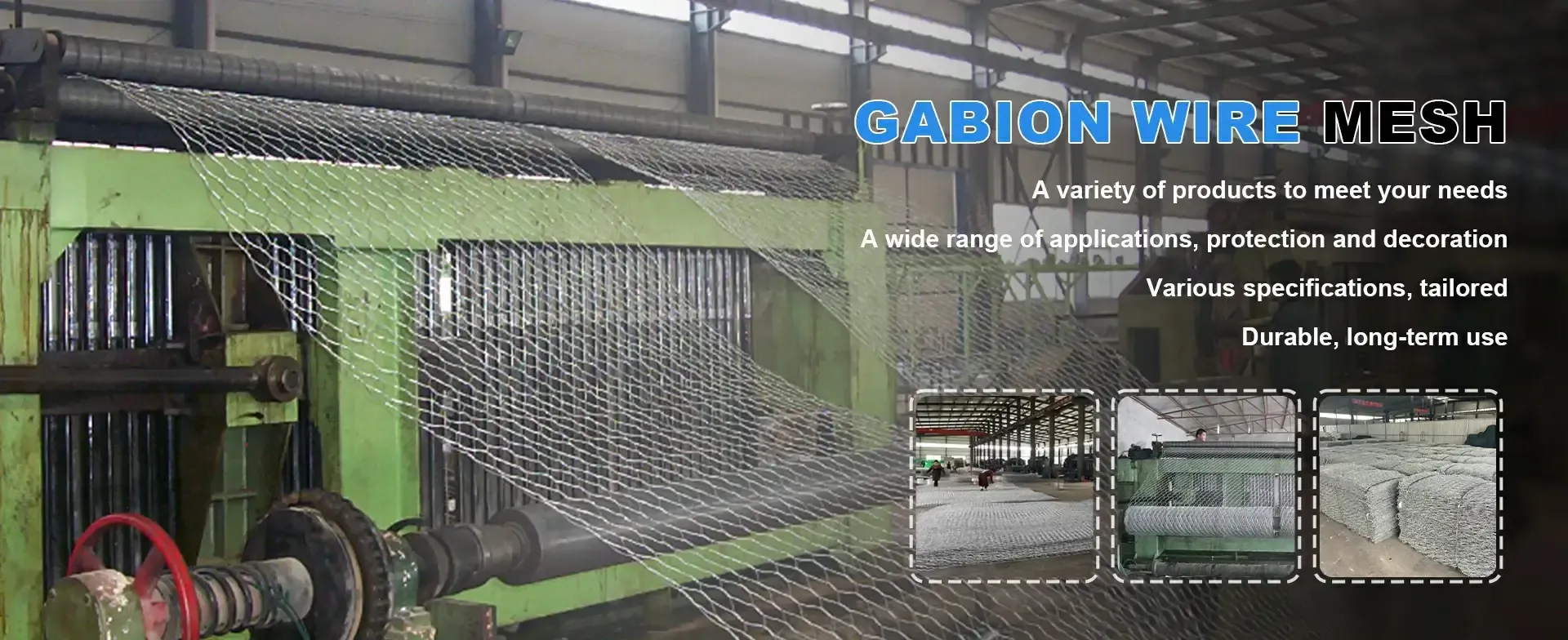Aug . 07, 2024 16:45 Back to list
Exploring the Benefits and Applications of Gabion Baskets in Modern Construction Projects in China
China Gabion Bar Strength and Versatility in Construction
In recent years, the construction industry has increasingly turned to innovative solutions to address various engineering challenges. One of these solutions is the use of gabion bars, particularly popular in China due to their efficiency, durability, and environmental benefits. Gabion bars are galvanized steel wires or mesh baskets filled with stones or other materials, and they play a crucial role in modern construction and civil engineering projects.
Gabions, derived from the Italian word gabbione, meaning big cage, have been used for centuries, but their evolution in design and application has revolutionized their usage in contemporary construction. In China, the gabion bar has gained traction as a cost-effective alternative in erosion control, retaining walls, riverbank protection, and landscaping.
Applications of Gabion Bars
One of the primary applications of gabion bars is in erosion control. Given China’s diverse geography and climate, regions are often susceptible to soil erosion due to heavy rains, flooding, and deforestation. Gabion structures absorb and dissipate energy from water flow, significantly reducing erosion and stabilizing slopes. By using these structures along riverbanks and coastal areas, engineers can effectively preserve valuable land and maintain ecological balance.
In addition to erosion control, gabion bars serve as effective retaining walls. Traditional retaining walls can be costly and require intensive labor, while gabion structures can be easily assembled on-site, reducing construction time and labor costs. The flexibility of gabion walls allows for easy drainage of water, preventing the buildup of hydrostatic pressure behind the wall. Consequently, this property makes gabions a viable solution for steep terrain and unstable soil conditions.
china gabion bar

Environmental Benefits
One of the most appealing aspects of gabion bars is their environmental friendliness. They are typically filled with natural stones, making them a sustainable choice as they integrate seamlessly with the landscape. The use of local materials also minimizes transportation costs and reduces the carbon footprint associated with construction. Furthermore, gabions promote vegetation growth, as plants can root within the stone fills, enhancing biodiversity and offering habitat for local wildlife.
Durability and Maintenance
Durability is another significant advantage of gabion bars. Made from high-strength steel wire, gabion bar structures are resistant to corrosion and weathering, ensuring longevity. Galvanization or PVC coating further enhances their resistance to environmental factors, making them ideal for harsh conditions. Once installed, gabion structures require little maintenance, making them an attractive option for municipalities and developers alike.
Conclusion
The rise of gabion bars in China illustrates a shift towards more sustainable and efficient construction practices. Their versatility in various applications, coupled with significant environmental benefits and durability, positions them as a preferred choice for engineers and architects. As the demand for innovative construction solutions continues to grow, the influence of gabion bars is likely to expand, paving the way for more eco-friendly and economically viable projects. Overall, the implementation of gabion bars not only addresses immediate engineering challenges but also aligns with global sustainability goals, ensuring that future generations will inherit a more resilient and balanced environment.
-
HESCO Gabion Baskets for Coastal Erosion Prevention
NewsAug.22,2025
-
Longevity and Durability of River Rock Gabion Walls
NewsAug.22,2025
-
How to Integrate Gabion 3D Walls in Urban Planning
NewsAug.22,2025
-
Reno Mattress Gabion Applications in Civil Engineering
NewsAug.22,2025
-
How to Install Wire Mesh for Gabion Baskets Properly
NewsAug.22,2025
-
Best Materials for Filling a Chain Link Gabion
NewsAug.22,2025
-
Wire Mesh Thickness Impact on Gabion Wall Load Bearing
NewsAug.12,2025






